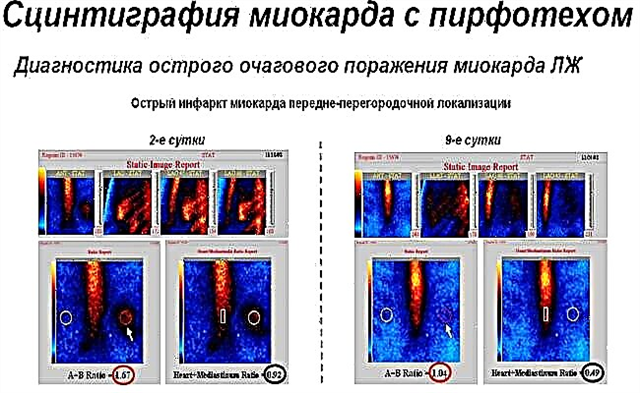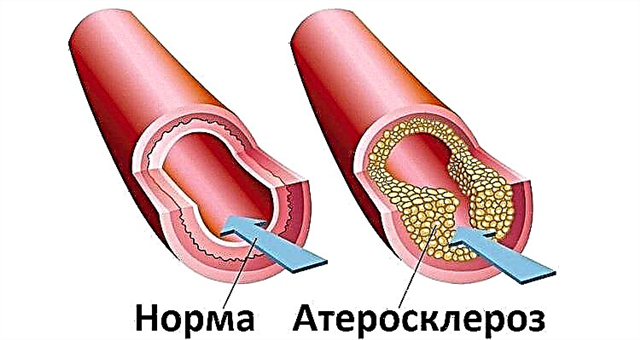 Treatment of a purulent rhinitis should be aimed at eliminating pathogens and inflammation in the nasal cavity.
Treatment of a purulent rhinitis should be aimed at eliminating pathogens and inflammation in the nasal cavity.
Purulent rhinitis is a bacterial inflammation of the nasopharynx, which occurs in an acute or chronic form. As a rule, purulent processes in the mucous membrane are provoked by microbes. For this reason, local and systemic antibiotics, antiseptic solutions and some colloidal silver-based agents must be included in the therapy regimen. Comprehensive and comprehensive treatment of respiratory disease allows you to stop the manifestations of purulent rhinorrhea within 5-7 days.
Features of the disease
It should be noted right away that purulent rhinitis in children and adults does not always indicate the addition of microbial flora to a viral infection.
According to practical observations, a runny nose of any etiology goes through three stages of development:
- catarrhal;
- serous;
- purulent.
In the absence of any disturbances in the functioning of the immune system, the third stage ends with a complete recovery, but this does not always happen. In particular, in children under 5 years of age, a common viral rhinitis quite often develops into a purulent inflammation of the nasal cavity. This is due to the underdevelopment of the immune system and the practical absence of acquired immunity.
Abundant purulent discharge from the nose indicates the progression of the disease. Over time, inflammation involves not only the turbinates, but also the paranasal sinuses. If inflammation and the development of infection are not stopped in time, this will subsequently cause very formidable complications.
Treatment methods
How to cure a purulent rhinitis? Due to the fact that inflammation is provoked mainly by microbes (streptococci, staphylococci), therapy begins with the use of antibacterial agents. The main purposes of using a complex of therapeutic measures include:
- complete destruction of microbial flora in the nasal passages;
- removal of purulent masses from the nasal cavity and paranasal sinuses;
- elimination of puffiness, inflammation and nasal congestion.
The principles of treating purulent rhinorrhea in babies and adults are practically the same. The only difference that is worth mentioning concerns the specifics of taking systemic antibiotics. The child's body is very sensitive to the action of drugs, therefore, in pediatric practice, in the treatment of purulent diseases, drugs of the macrolide and penicillin groups are more often used. They are the least toxic and therefore less likely to cause side effects than others.
Late treatment of purulent processes in the nasal cavity is fraught with the development of frontal sinusitis, sinusitis and ethmoiditis (in children).
It is worth noting that in the process of treating babies, doctors try to get by with the use of local antibiotics and antiseptics. The fact is that they are practically not absorbed into the bloodstream and therefore do not create a load on the liver, and also do not cause side reactions.
Systemic antibiotics
Treatment of purulent snot in an adult involves the use of systemic antimicrobial drugs. As a rule, they are available in the form of tablets, dragees and injection solutions. Their active components quickly penetrate the systemic circulation and are carried throughout the body. Thus, it is possible to eliminate pathogenic bacteria not only in the foci of inflammation, but also in other parts of the respiratory tract.
Abundant discharge of pus from the nasal passages, high fever and myalgia are direct indications for taking antibiotics. To quickly get rid of purulent rhinorrhea, doctors recommend using the following antibiotics for adults:
- Erythromycin;
- "Amoxicillin";
- Flemoxin;
- Sumamed;
- Rovamycin.
While taking antibiotics, you need to stop drinking alcohol, since it not only reduces the effectiveness of drugs, but also leads to side reactions - nausea, abdominal pain, diarrhea, etc.
If there is a tendency to a deterioration in well-being, it is advised to use systemic sulfonamides as an adjunct to antimicrobial therapy. They quickly destroy bacteria, thereby eliminating the symptoms of intoxication and purulent nasal discharge.
Local antibiotics
In cases where the respiratory illness proceeds without significant deterioration in health, systemic drugs can be replaced with topical antibiotics. Antimicrobial nasal drops have the advantage of not being toxic to the kidneys and liver. On the recommendation of a doctor, they can be used by people suffering from hepatic and renal insufficiency, pyelonephritis, cirrhosis, etc.
The most effective nasal remedies include:
- Fusafungin;
- "Bioparox";
- "Polydexa".
Regular treatment of the nasal passages with antibacterial drops and sprays helps to stop inflammation in the lesions, as well as destroy the vast majority of microbes in the nasal cavity. If treatment is started on time, the main symptoms of purulent inflammation will disappear within 3-4 days.
Against the background of purulent rhinitis, bacterial conjunctivitis often develops. Inflammation of the nasolacrimal canal and sac leads to redness of the eyes, lacrimation and accumulation of pus in the corners of the eyes. To eliminate the manifestations of the disease, you can use special antibacterial eye drops - "Tsiprolet".
Silver preparations
How to treat a purulent rhinitis without antibiotics? Moderate forms of purulent rhinitis can be cured without the use of antimicrobial agents. Nasal preparations based on colloidal silver may well replace antibiotics. What are they like?
The composition of medicinal solutions contains silver ions, which have a powerful antiseptic and anti-inflammatory effect. They are recommended for use in the treatment of purulent rhinorrhea, pharyngitis, eustachitis, sinusitis, sinusitis, etc. According to the principle of action, the drugs are unique. Small concentrations of silver ions in solution provide the drug with a bacteriostatic effect. With an increase in the number of silver molecules, the drug acquires a pronounced bactericidal effect.
Silver nasal products are highly allergenic and are therefore not recommended for use in infants unless recommended by a pediatrician.
Unlike antibiotics, drugs based on colloidal silver destroy all known strains of both bacteria and opportunistic fungi. Therefore, even with an overdose of antiseptic agents, mycotic flora does not develop in the nasal cavity. For the treatment of purulent rhinitis, Protargol, Sialor or Collargol can be used.
Treatment regimen for rhinitis in children
Due to the low resistance of the child's body to infections, purulent rhinitis in babies up to 5-6 years old is very rapid. Treatment of children is carried out in approximately the same way as described above. Some of the nuances relate to the duration of taking antibiotics and some types of symptomatic drugs. In particular, with the development of a bacterial infection in young patients, the temperature often rises to febrile levels.
If the temperature regime in an infant is not normalized in time, this can lead to febrile seizures and dehydration.
In pediatric practice, safe systemic antibiotics and symptomatic auxiliary drugs are prescribed for the treatment of purulent rhinitis. If a child complains of nasal congestion, headaches and purulent nasal discharge, you can cure him with the following drugs:
| Drug type | Pharmacodynamics | Name of pharmacy products |
|---|---|---|
| systemic antibiotics | destroy microbial flora throughout the body and eliminate inflammation |
|
| local antimicrobial drops, sprays | prevent the growth of bacteria in the nasal cavity |
|
| saline solutions for irrigation (washing) the nose | "Pulls out" pus from the mucous membrane, accelerates the healing of soft tissues |
|
| antipyretic | normalize body temperature and eliminate the manifestations of fever |
|
| mucolytics | liquefy purulent mucus in the nose and accelerate its evacuation |
|
| antihistamines (antiallergic) | relieve inflammation and swelling, restore nasal breathing |
|
| vasoconstrictor | normalize the patency of the nasal passages, inhibit the production of mucus in the nose |
|
With purulent rhinitis, it is categorically not recommended to warm up the nose, as this will only contribute to the reproduction of the microbial flora.
Small children do not know how to properly rinse their nose, therefore, irrigation therapy is carried out only when treating babies who have reached 3 years of age. To reduce the severity of bacterial inflammation, you can use not only isotonic salt solutions, but also antiseptic drugs. The most effective drugs include "Chlorhexidine", "Furacilin" and "Miramistin".



